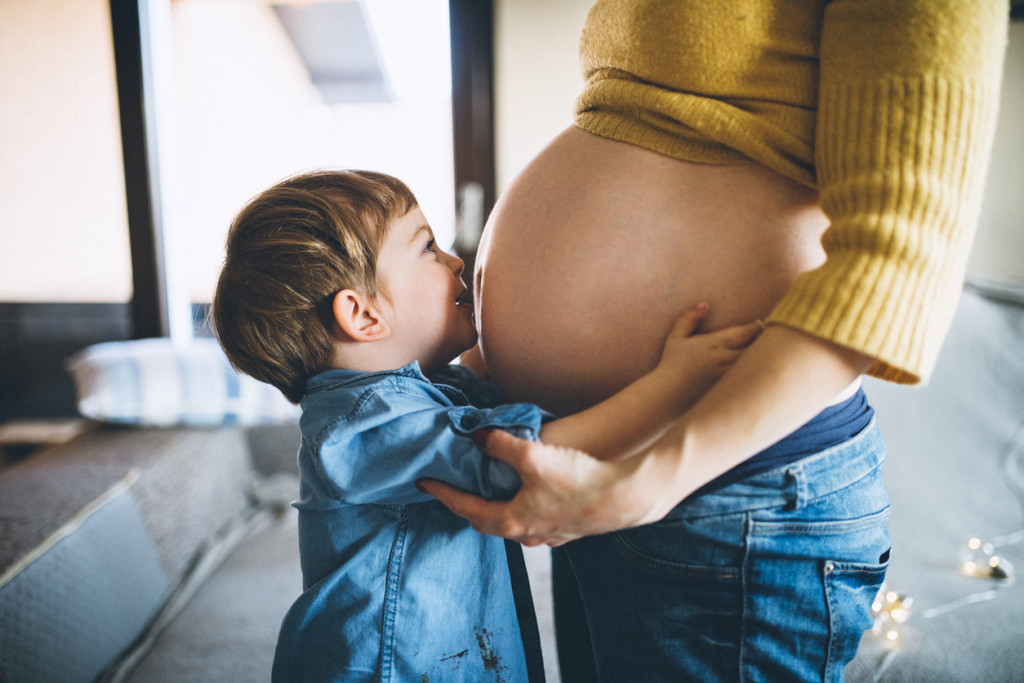If you go through In Vitro Fertilization (IVF), the final stage of the process is embryo transfer. The fertilized egg is an embryo at this point, and it’s put in your uterus.
The following are some of the key things to know about what to expect during an embryo transfer.
What Is An Embryo Transfer?
The last part of the IVF process, as was mentioned, is embryo transfer. When you go through IVF, fertility medicines stimulate your ovaries to release healthy eggs. The eggs can then be removed from your ovaries, where they’re fertilized in a lab setting.
After the fertilized eggs multiple, the embryos can be transferred to your uterus.
To become pregnant, the embryo has to attach to the wall of the uterus.
Going through the process of IVF, including embryo transfer might happen when natural fertilization isn’t likely to occur. Some of the reasons you might go through IVF and embryo transfer include:
- Ovulation disorders: If you don’t have frequent ovulation, then you may have fewer eggs available to be successfully fertilized.
- Fallopian tube damage: Your fallopian tubes allow embryos to travel and then ultimately reach your uterus. If you have damage to your fallopian tubes or scaring, then the eggs might not be able to reach your uterus safely.
- Premature ovarian failure: In this case, your ovaries stop producing normal estrogen levels, or you might not regularly release eggs.
- Uterine fibroids: A fibroid is a benign tumor found on the walls of your uterus. If you have fibroids, they can potentially impact the egg’s ability to plant itself in the uterus, and that can prevent you from becoming pregnant.
- Endometriosis: If tissue from your uterus implants and then ends up growing outside your uterus, it’s called endometriosis, which can affect your reproductive system.
- Genetic disorders
- Impaired sperm production
What Should You Expect with An Embryo Transfer?
Your doctor, around two or three days before your embryo transfer, will select the best eggs to transfer to your uterus. There are varying ways they can do this. For example, metabolomic profiling is a commonly used one because it’s non-invasive.
From there, eggs are fertilized in a lab, and they are cultured for one to two days. If there are quite a few good embryos that develop in that time, the ones that won’t be immediately transferred can be frozen.
Getting an embryo transfer is somewhat like a pap smear, and a doctor uses a speculum and an ultrasound to guide their work for accuracy. They pass a catheter through your cervix and into your womb. Then, embryos can be passed through the tube, where they go into the womb.
It’s typically a painless process, although there might be some mild discomfort or the sensation of a full bladder.
Once the transfer is complete, you would go to a two-week follow-up appointment to learn whether the transfer was successful.
You might experience side effects like bloating, cramping, and discharge.

Different Embryo Transfer Types
There are a few different types of transfers.
One is a fresh transfer. Once eggs are fertilized and cultured for a couple of days, the best are chosen and then directly transferred into the uterus.
Another type is a frozen embryo transfer. If there were healthy, viable embryos not used in the initial transfer, they can be frozen and used later.
There’s something called a blastocyst embryo transfer. In this situation, if there are many viable embryos after fertilization, then the doctor might wait to see if they turn into blastocysts. Blastocyst embryo transfer rate tends to have a higher success rate, but some studies have shown it could create risks later in pregnancy, so it’s not recommended for everyone.
During a process called assisted hatching or AH, the outer layer of an embryo is weakened before the uterine transfer.
Success Rates
The success rates for transfers can vary depending on the method used, but doctors and researchers don’t think there’s a statistical difference between the use of frozen and fresh embryos. For example, fresh embryos have a 23% pregnancy rate, while frozen ones have an 18% pregnancy rate.
The risks of the transfers themselves are low and are mostly linked to the hormone stimulation required. That can for example increase the risk of blood clots. There’s also a risk of miscarriage, but the potential is similar to natural conception.
There’s also the potential for multiple pregnancies to occur when multiple embryos attach to the uterus. If this happens, it can increase the risk of disabilities or stillbirth.
